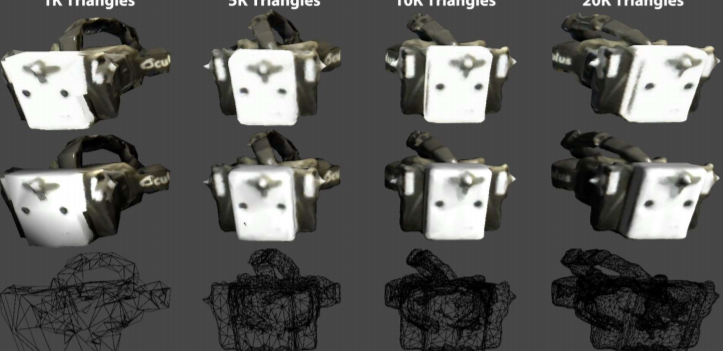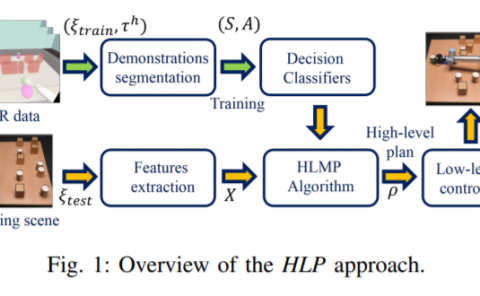Assessing 3D scan quality in Virtual Reality through paired-comparisons psychophysics test
PubDate: Jan 2016
Teams: Airbus Group Innovations; the EventLab in
Universitat de Barcelona
Writers: Jacob Thorn, Rodrigo Pizarro, Bernhard Spanlang, Pablo Bermell-Garcia, Mar Gonzalez-Franco
PDF: Assessing 3D scan quality in Virtual Reality through paired-comparisons psychophysics test

Abstract
Consumer 3D scanners and depth cameras are increasingly being used to generate content and avatars for Virtual Reality (VR) environments and avoid the inconveniences of hand modeling; however, it is sometimes difficult to evaluate quantitatively the mesh quality at which 3D scans should be exported, and whether the object perception might be affected by its shading. We propose using a paired-comparisons test based on psychophysics of perception to do that evaluation. As psychophysics is not subject to opinion, skill level, mental state, or economic situation it can be considered a quantitative way to measure how people perceive the mesh quality. In particular, we propose using the psychophysical measure for the comparison of four different levels of mesh quality (1K, 5K, 10K and 20K triangles). We present two studies within subjects: in one we investigate the quality perception variations of seeing an object in a regular screen monitor against an stereoscopic Head Mounted Display (HMD); while in the second experiment we aim at detecting the effects of shading into quality perception. At each iteration of the pair-test comparisons participants pick the mesh that they think had higher quality; by the end of the experiment we compile a preference matrix. The matrix evidences the correlation between real quality and assessed quality. Regarding the shading mode, we find an interaction with quality and shading when the model has high definition. Furthermore, we assess the subjective realism of the most/least preferred scans using an Immersive Augmented Reality (IAR) video-see-through setup. Results show higher levels of realism were perceived through the HMD than when using a monitor, although the quality was similarly perceived in both systems.


